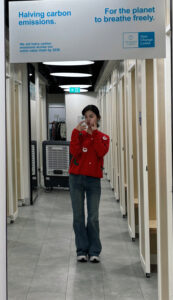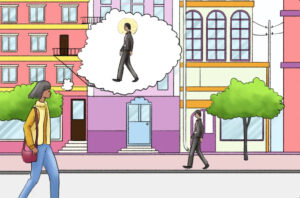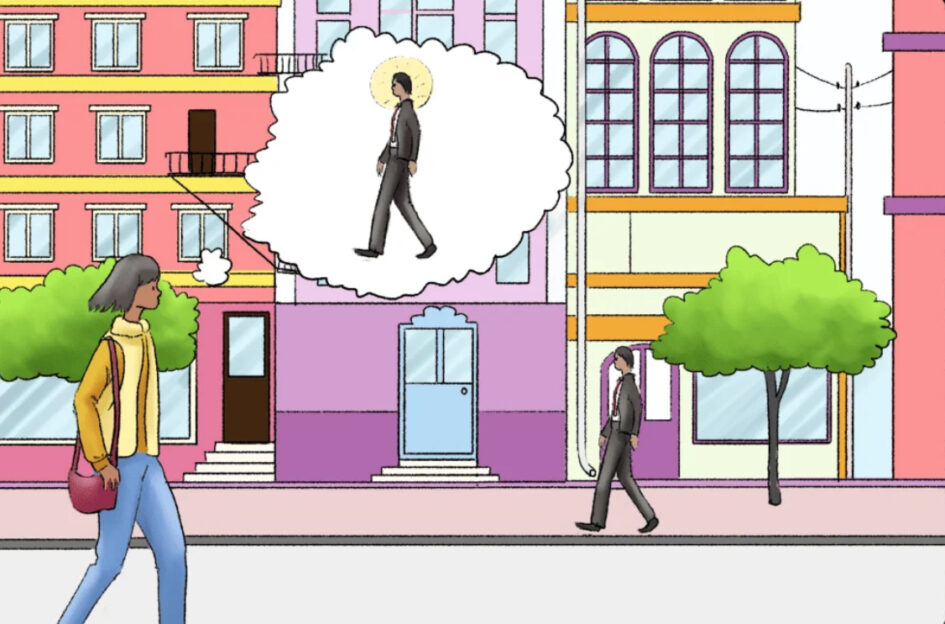# MY STORY
The day before yesterday, I went shopping on Princes Street and was surprised to find that if stores use a little “trickery” within acceptable limits, it can actually help boost sales. While I was shopping, the environment really influenced my decisions.
Here’s what happened.
I was trying on clothes in the Primark.

The lighting in the fitting room was quite dim, plus the mirror was positioned vertically. Even though I know this is how I really look in real life, we all like to look our best. Seeing my body appear a bit off balance and my skin looking slightly dull made me less happy with how the clothes looked on me. Even though they were on sale and very cheap, I ended up not buying anything.

Then, I went to Zara
I try on an expensive coat. With the flattering lighting and the support of the mirror (I knew it was tilted…), I was willing to believe that the coat would look great and give me a stylish vibe once I bought it. In the end, I did buy it.
Later, I talked to my friends about this and found out that it’s actually a common experience. People prefer to believe in a more beautiful version of themselves, even if they know it’s not entirely real. This kind of consumer psychology is exactly what stores tap into when selling clothes.
# HOLO EFFECT
This might be the so-called “Halo Effect”: when people have a good impression in one area, it influences their judgment in other areas. For example, the lighting and tilted mirror in the store made me think the clothes looked great, and I ended up buying them, even though the price was higher than I expected.

The “Halo Effect” can also be applied in the creative industry to promote growth. For instance, in the process of movie promotion, if the lead actor is a well-known and highly-rated celebrity, the audience will likely have higher expectations for the film. Similarly, in product design, if an app has a smooth interface, users might assume that the other features are equally good.



Leave a Reply